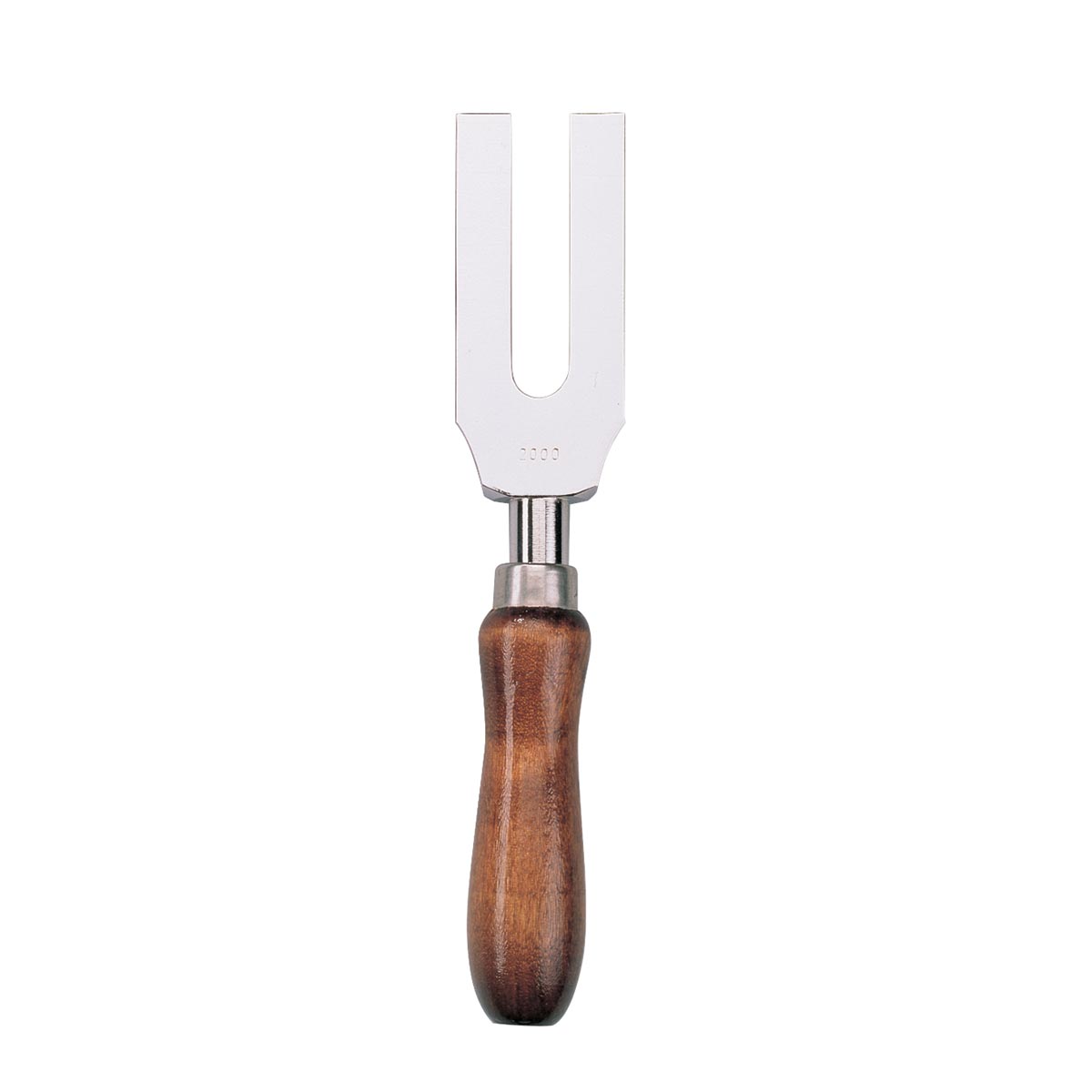
#Online tuning fork how to#
There’s multiple videos online on how to use a tuning fork – like this one. if the fork is A 440Hz, play an A on the guitar) and tune the guitar to the sound of the fork. Once the tuning fork is resonating the sound, play the note matching the pitch on the tuning fork (E.g. Strike your John Walker tuning fork, then place the forks bottom on the guitar to ressonate the sound. Tuning an instrument is simple with a tuning fork. To increase the volume giving off from the tuning fork, simply stand the fork on a table, or on any natural resonator – or for highly increased sound, try the fork on one of our resonator boxes. The fork should then be withdrawn from the striking surface immediately, and the prolonged sound of the note will be easily heard when held at the side of the ear. To create the pitch simply hold the fork loosely between your finger and thumb, then strike the side of either prong against any firm, non-metallic surface. Generally, the longer the prongs, the lower the tone will be, this is because the prong takes longer to vibrate back and forth, therefore, moving slower and consequently generating lower tones – the opposite effect happens when the prongs are shorter.Ī tuning fork is very simple to use.


This sound can be set to a specific pitch, based on the size, shape and mass of the prongs. Fundamentally, a tuning fork is a two-pronged fork, that when struck, creates vibration energy, which in turn creates a sound.


 0 kommentar(er)
0 kommentar(er)
